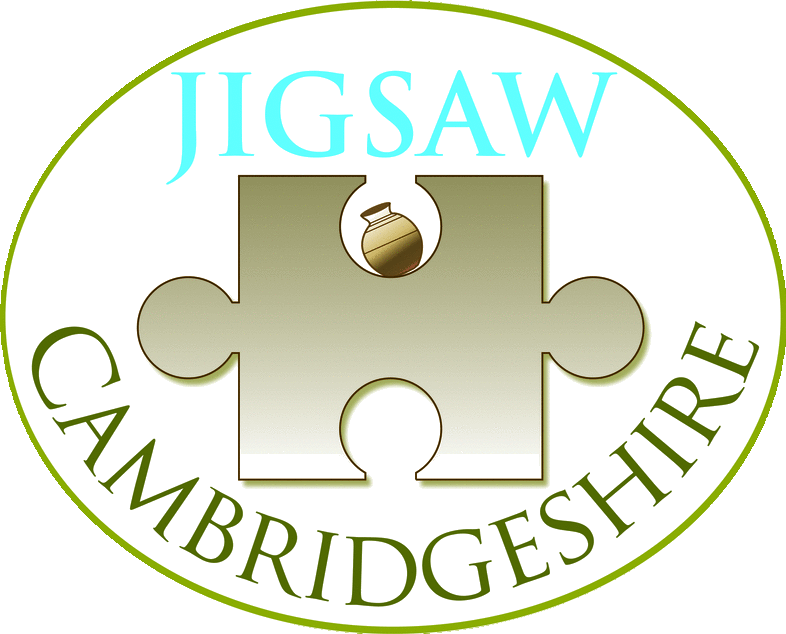Mid Bronze Age Pottery 1800-1100 BC
Urns continue to be used into the middle Bronze Age when they form what is known as the Deverel-Rimbury pottery tradition. Several regional styles of Deverel-Rimbury urn are recognised across Britain however generic
Biconical Urns are widespread and form the most commonly documented generic group of Middle Bronze Age pottery. Biconical Urns are large vessels often found containing cremations, though also found locally on settlement sites especially on the Fen Edge. These grog-tempered urns flare out from the rim being widest at the shoulder and taper to a narrow base. The upper part of the vessels may be decorated, most commonly locally with applied clay strips forming a curved band resembling a handle and known therefore as ‘Biconical Urns with horseshoe handles’. Examples of these urns were often inverted over cremated remains in pits, the area around sometimes packed with stones.
In East Anglia the most widely studied group of Deverel-Rimbury pottery are the Ardleigh Urns, a type of highly decorated cremation urn found in cemeteries in northern Essex and southern Suffolk. The earliest Ardleigh Urns have elements borrowed from the Biconical Urns with horseshoe handles but as the tradition developed grog temper was gradually replaced by burnt crushed flint, the vessels became more barrel shaped and distinctive decoration of fingertip impressions and applied bands or cordons appeared. The stabbed fingertip impressions could be applied all over the body of the vessel or be restricted to the rim top and or applied cordon.
Domestic variants of the Deverel-Rimbury pottery tradition are beginning to be recognised, often in field boundary ditches, though other settlement evidence is limited. These tub or barrel shaped jars and cups are flint-tempered, often with fingertip decoration along the rim tops and on decorated cordons and are the forerunners of the Post-Deverel-Rimbury of the Later Bronze Age to earlier Iron Age.
- << Prev
- Next



